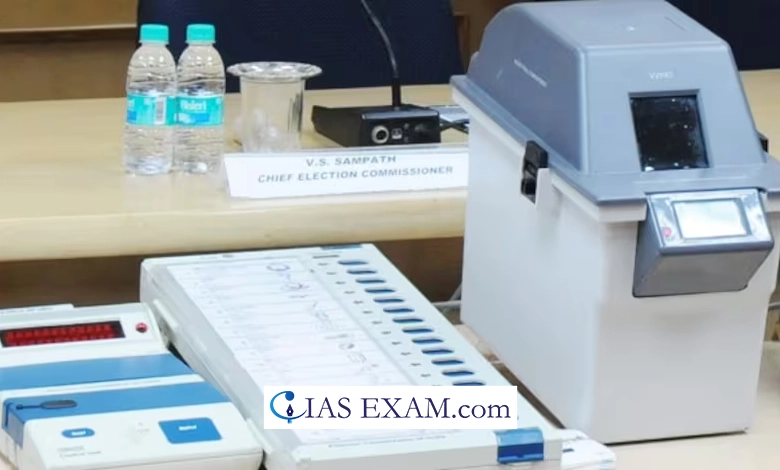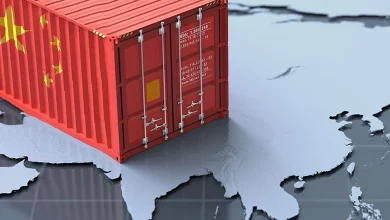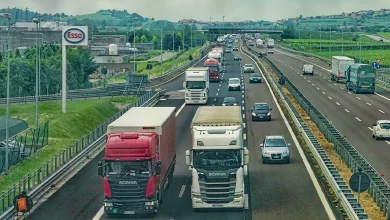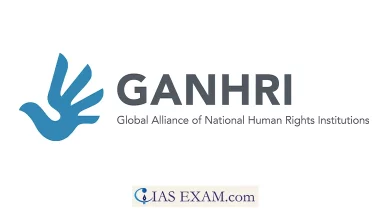
Context
The Supreme Court has recently upheld the electronic voting machine (EVM) system of polling and refused a plea to revive paper ballots.
Key Highlights
- The court refused to hand over paper slips from the Voter Verifiable Paper Audit Trail (VVPAT) system to electors to take a leisurely look before putting them into the ballot boxes.
- It also declined to direct the cross-verification of 100% EVMs and VVPATs throughout the country.
- Currently, only 5 percent of EVM-VVPAT counts are randomly tested in any given Assembly constituency.
- It also directed the Election Commission of India (ECI) to “seal and stable” the Symbol Loading Unit (SLU) for 45 days after the statement of election outcomes.
- Currently, only the 3 additives of the EVM — the ballot unit, control unit, and VVPAT — are saved for 45 days after the consequences.
- The court has allowed applicants to check the one-time programmable software within the BU (Ballot Unit), CU (Control Unit), and VVPAT for tampering, in case of any doubts concerning the end result.
- This verification involves examining the burnt memory/ microcontrollers of these 3 components.
Electronic Voting Machines (EVMs)
- It is a device used to electronically document and count votes forged in elections.
- EVMs were first used in 1982 within the Assembly constituency of Paravur in Kerala in 50 out of 123 booths.
- EVM has two components, it includes a ‘manipulate unit’ and a ‘voting unit’, linked by a 5-meter cable.
- The control unit is with the Election Commission-appointed polling officer and it is the brain of the EVM.
- The vote casting unit is in the balloting compartment into which the voter enters to cast the vote in secret by pressing the button towards the call and symbol of the candidate of her preference.
- The balloting unit is turned on only after the polling officer presses the ‘Ballot’ button on it.
Voter Verified Paper Audit Trail (VVPAT)
- A VVPAT is intended as an unbiased verification system for vote casting machines designed to allow citizens to verify that their vote was cast efficiently.
- It carries the name of the candidate (for whom vote has been solid) and image of the birthday party/man or woman candidate.
- When a vote is cast, the VVPAT machine, which is attached to the ballot unit (BU) of the EVM,prints out a slip of paper with the voter’s desire indicated on it.
- Though it stays in the back of glass, the published slip is visible for seven seconds so the voter can see that the vote has been recorded effectively, before it falls right into a box underneath.
- The concept of the VVPAT system first emerged in 2010. However it was used for the first time in the Noksen Assembly constituency of Nagaland in 2013.
- The Conduct of Elections Rules, 1961 have been amended in 2013 to allow for a printer with a drop box to be connected to the EVM.
- From 2017, 100% of VVPATs started for use in polls, and the 2019 Lok Sabha elections was the primary preferred election to have a hundred% of EVMs being connected to VVPATs.
Symbol Loading Unit (SLU)
- The SLU is used to load the symbols of the candidates onto the VVPAT.
- Candidate-putting happens at any time from 5 to 2 days before voting at a seat. After loading the symbols onto the VVPAT, the SLU is of no relevance to the actual voting procedure.
- Once the image-loading is complete, the SLUs are exceeded over to the involved district election officer for safekeeping. They remain inside the officer’s custody until the day after vote casting.
Conclusion
- Overall, while the VVPAT device in India represents a substantial step closer to enhancing transparency and responsibility in elections, it still faces grievance and scrutiny concerning its effectiveness, fee, and implementation challenges.
- However “blind mistrust” of an organization or a system breeds unwarranted skepticism and impedes development.
- Addressing those issues requires efforts to improve the reliability, accessibility, and public recognition of the VVPAT system.
Source: The Hindu
UPSC Mains Practice Question
Q.What are the advantages of electronic voting machines (EVM) over paper ballots? What are the recent judgements of the Supreme Court in this regard? (250 words)





.png)



